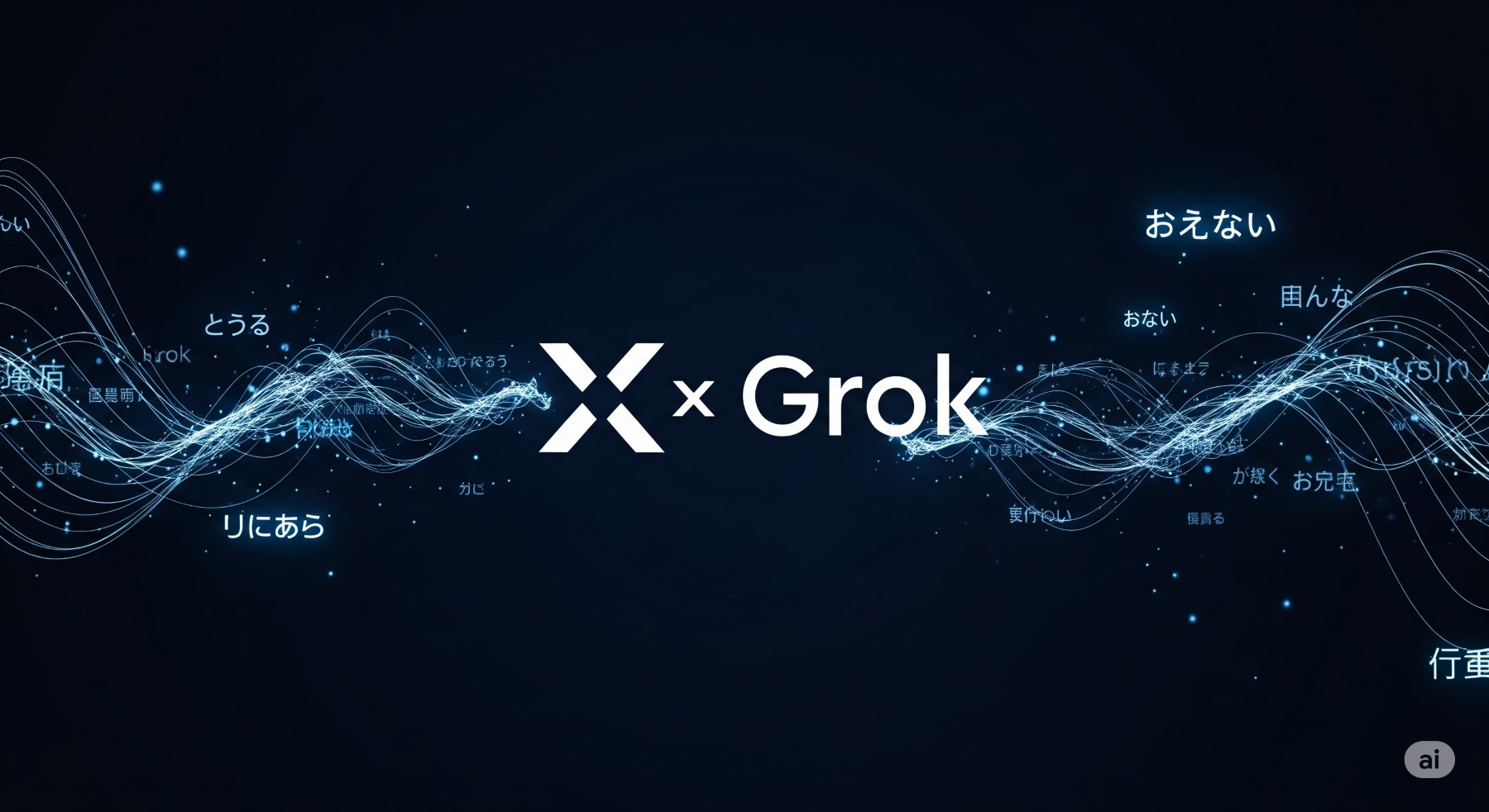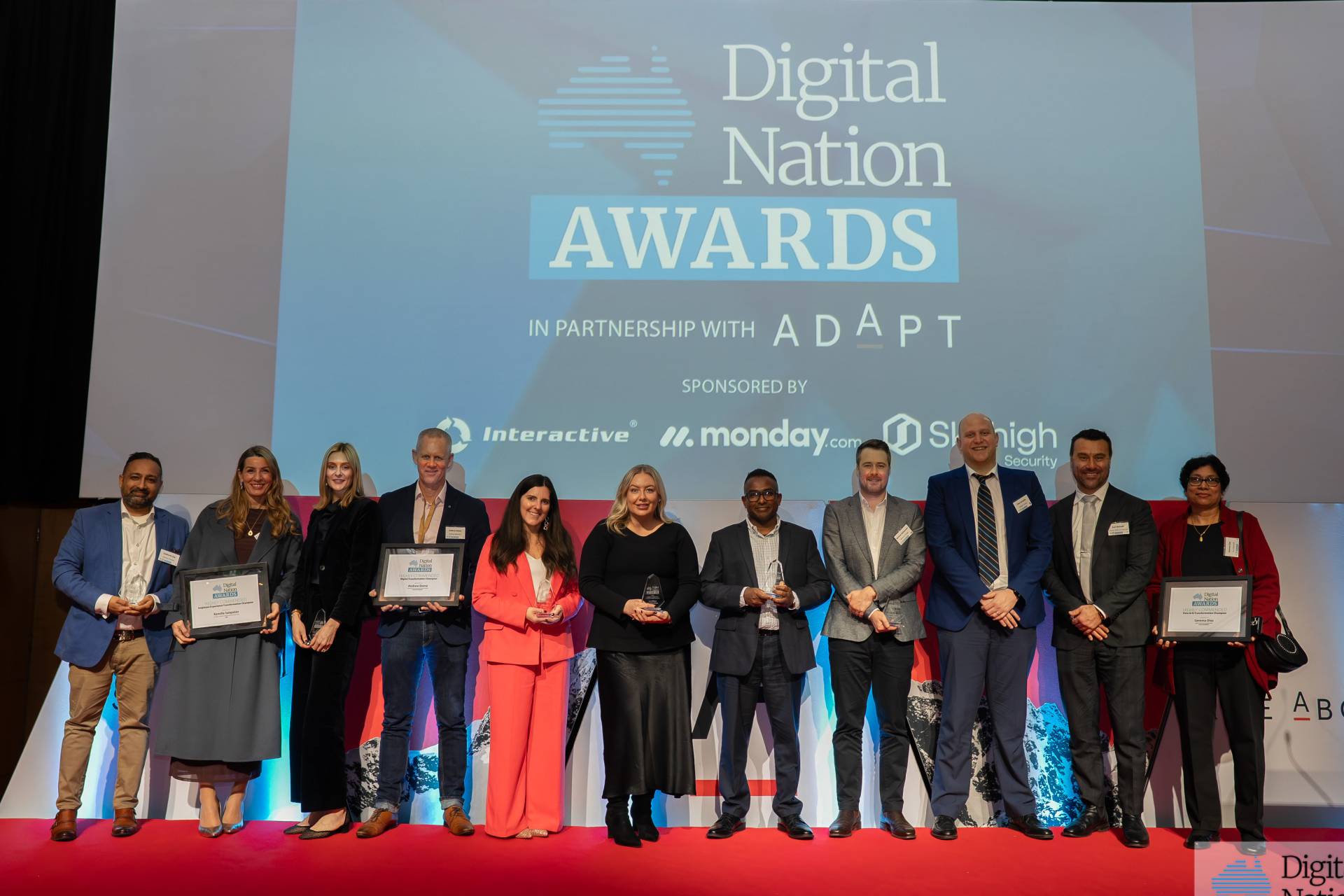L’Oréal Credits Higher Consumer Expenditures to CDP Execution
We independently review everything we recommend. When you buy through our links, we may earn a commission which is paid directly to our Australia-based writers, editors, and support staff. Thank you for your support!
Brief Overview
- The establishment of a customer data platform (CDP) by L’Oréal has led to a rise in consumer expenditure.
- Linking with Salesforce CRM and other data sources enables large-scale personalised marketing.
- 19 brands have been integrated into the platform, with intentions to onboard an additional 30.
- Exploration of AI opportunities is underway to create smarter audiences and derive insights.
- Emphasis is placed on high data quality and governance to guarantee AI readiness.
Personalisation on a Large Scale
L’Oréal has witnessed a significant uptick in consumer spending attributed to their strategic use of a customer data platform (CDP) aimed at personalised marketing. At the Tealium Digital Velocity 2025 conference, Carla Piccione, major programs manager for CRM at L’Oréal, noted that their initiatives to employ first-party data “at scale” have led to notable enhancements in revenue, engagement, page views, and user purchases.
The company has integrated the Tealium CDP with its Salesforce CRM and various other data sources. Initially, 10 brands were integrated, but the scope has now expanded to 19, with plans to onboard 30 more by year’s end. This growth is part of L’Oréal’s objective to achieve personalised marketing at a scale beyond what humans can manage.
Integration and Customer Engagement
The implementation of the CDP necessitated 40 unique system integrations, fostering a customer-centered strategy that backs personalised marketing efforts. Piccione indicated that establishing operational processes for each brand to utilise these systems has been vital for success.
The platform facilitates targeted marketing, including website tests for loyalty program tiers and tailored recommendations, enhancing purchases and revenue per user. Additionally, the use of web browsing behavior data has improved campaign efficacy, particularly for men’s products.
Effect on Marketing Approaches
Incorporating Tealium into L’Oréal’s marketing technology framework has improved email and SMS marketing initiatives by broadening the targeted customer audience and engaging buyers more effectively. This approach has led to higher click-through rates and boosted revenue per user.
AI Potential
L’Oréal is investigating AI to further refine its personalisation strategies. Opportunities include AI-driven content variations for various customer segments and the extraction of intricate behavioral insights. Piccione pointed out that AI and machine learning are critical for enhancing their existing capabilities.
Ensuring high data quality and strong governance processes is crucial for the organisation’s preparedness to effectively leverage AI. L’Oréal prioritises privacy and data governance to facilitate sophisticated data utilization.
Conclusion
L’Oréal’s deliberate deployment of a customer data platform has resulted in heightened consumer spending through tailored marketing initiatives. By integrating various data sources and investigating AI opportunities, L’Oréal is enhancing its capability to personalise at scale while upholding data quality and governance.
















